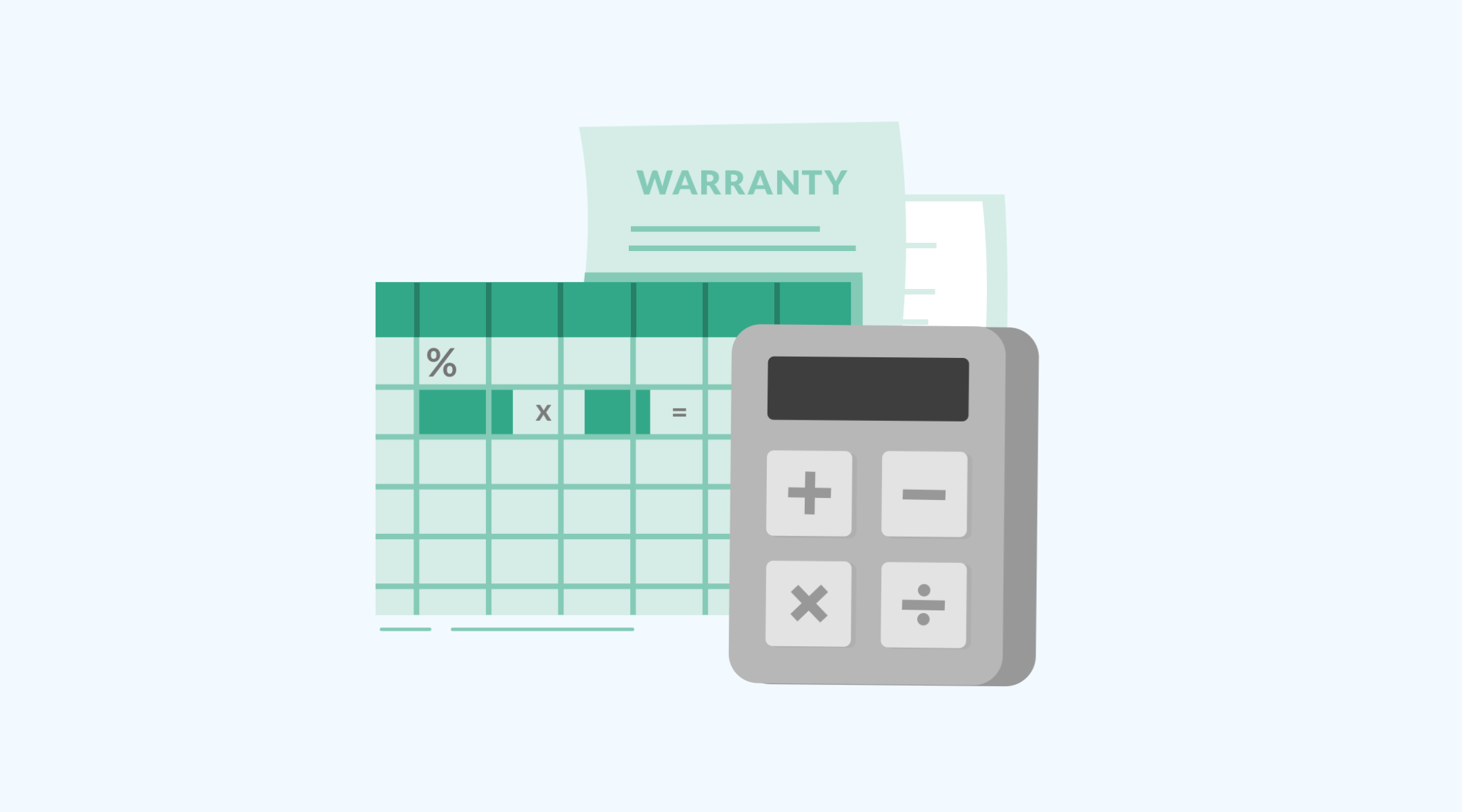Reliability-centered maintenance has saved (and saves) lives.
Jet airliners had an alarming crash rate back when they were first introduced in the 1960s, and the Federal Aviation Administration (FAA) and United Airlines were under intense pressure to remedy the situation.
The problem, they discovered, had to do with people’s assumptions about maintenance. In the past, all parts and machines were left to run for an arbitrary “lifetime” of service, after which it would be replaced. This happened regardless of whatever condition the part was in or what stresses it would go through.
The result? Frequent equipment failures and crashes.
This revelation led to a shift in how equipment was maintained, and eventually evolved into what we know today as reliability centred maintenance (RCM).
What is RCM?
Reliability-centered maintenance is the process of determining an effective, reliable and cost-efficient maintenance plan for a given part or machine. Each task in the plan is focused on improving overall equipment safety and reliability, and can be either preventative or predictive in nature.
RCM has high standards for failure. Instead of waiting for something to break, RCM takes action when there is a loss of acceptable quality or efficiency. For example, a generator operating at 60% efficiency is considered to be in a state of “failure,” even if it’s still running.
RCM takes a systemic view of maintenance, meaning that it screens maintenance tasks based on its potential impact to the larger system. If a failed part results in a loss of performance or a risk to safety, then you should take immediate action. If part failure will have little or no negative consequences, then you only need to do minimal maintenance.
One other key tenet of RCM is the need for data and documentation. An RCM practitioner will gather data as they undergo their tasks and log them. The organization can then use this data to either update the maintenance plan or, if necessary, redesign the system to remove any inefficiencies and risks.
What are the practical benefits of RCM?
Your organization can benefit from RCM in several ways:
- Lowered maintenance costs. The constant triaging and screening of maintenance tasks means that your organization can save significant amounts of money on parts, labor and operating costs. No more wasting money on unnecessary preventive maintenance. In fact, it’s common to receive savings of up to 30% to 50% on annual maintenance costs .
- Increased safety. RCM’s strict interpretation of “failure” means that a part or system’s condition is less likely to degenerate to the point of critical breakage. RCM also allows for different maintenance schedules (time-based, condition-based, or proactive) depending on which will offer the most effective and cost-efficient results.
- Higher operating efficiency. Equipment is serviced immediately when it’s required, and doesn’t have to wait for pre-determined maintenance milestones. This keeps your equipment operating at maximum efficiency. The triage process also increases system uptime and overall production by removing unnecessary maintenance cycles.
Improvements in system design. RCM practitioners gather plenty of performance data over time, which engineers can use to improve the system’s design. These improvements can take the form of replacing substandard components, removing unnecessary parts, and even overhauling the design for smoother or more reliable operation.
How do I apply RCM in my own organization?
The technical standard SAE JA1011 outlines seven questions that you should ask in order to properly assess equipment in preparation for implementing reliability-centered maintenance:
1. What’s the item supposed to do?
This question establishes the component’s primary function, how it affects overall operations and how it meets customer needs. This question also covers any business goals and regulatory standards.
2. In what ways can it fail?
Failure modes vary depending on location, environment, usage and design. For instance, machinery located in oil rigs is at high risk of failing due to corrosion. Aircraft and other manned transportation are at high risk of human error.
3. What are the events that cause each failure?
This question dives deeper into the failure modes and attempts to discover the root cause for an individual failure. This inquiry is best undertaken by experienced technicians, product experts and RCM professionals. One example of a root cause is the rubber O-ring that destroyed the space shuttle Challenger.
4. What happens when each failure occurs?
When answering this question, don’t restrict yourself to just the immediate after-effect of a failure (e.g. component A breaks, system shuts down). What are the larger consequences when this equipment breaks? It could mean a plant shutdown, loss of production, expensive repair costs and damage to the facility.
5. How does the failure matter?
Or, in other words, “so what?” The answer should address whether or not the failure represents a threat to worker or environmental safety, or if it means missing the production quota or potential legal troubles.
6. What can be done to prevent/reduce the likelihood of failure?
Which maintenance tasks can be performed to prevent the failure event from occurring? Of those options, which involves the least effort and cost? How effective would that option be? How often would that task need to be performed?
Be open to changing tactics as you maintain the equipment. If it turns out your original tactic isn’t working, reassess your options to come up with the best possible alternative.
7. What happens when a suitable prevention method can’t be found?
If there is no reliable maintenance tactic that can get the equipment back in working order, then it will either have to be replaced or redesigned—probably both.
Where do we go from here?
Reliability-centered maintenance is the best way to reduce maintenance costs while retaining—and even improving workplace safety and system efficiency. Companies that implement RCM will be able to stay competitive through a lean maintenance program that has been proven across multiple organizations and industries. Find out more about how Cetaris helps you gain RCM insights here.








